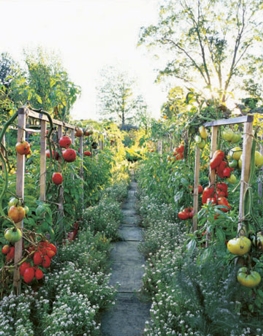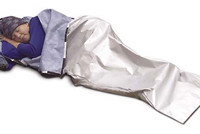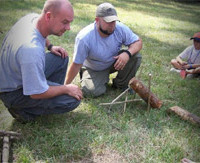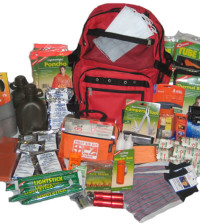A good idea would be to put aside for future use canned foods. But can your family live on only canned foods in the event of an emergency for disaster?
Before your food supply of canned goods runs out you’ll need an additional method to take care of your family’s food needs. That’s precisely why so many preppers have gardens.
If you plan properly you won’t have to have acres of land on which to plant and harvest the food items from a garden. By growing your own food in your own garden you will be able to stretch your food supply budget. You’ll also be able to eat healthier by eating wholesome foods and of course better prepare for the future.
You can begin your garden wherever you may live. Even if you presently live in an apartment you can still start a garden. You can start your garden in containers if space is limited where you live.
If you happen to live in a place where you have plenty of room to plant you’ll need to choose the location wisely. This is because of course plants must have sunlight so that they can survive.
One of the key factors for a productive garden is that it has good soil. Before you plant you should use an organic fertilizer to enrich the soil. If you want to make sure your soil is healthy enough to sustain a garden you can have it tested prior to planting.
Another very important thing to consider is irrigation and drainage. You don’t want to drown the plants when there is heavy rainfall. This could happen if the water has a hard time running off. Make sure that your garden isn’t holding standing water.
Like in real estate when they say location, location, location – in gardening positioning is everything. You’ll want to write down what foods you want to plant and how much of it you’re going to need.
You’ll want to investigate the climate zone for your area. This is helpful because you’ll need to learn what kinds of foods will grow in your area the best. A little bit of study now will pay off in the long run.
Just like trying to find good neighbors, make sure the plants you want to plant can be good neighbors. Where you place the food you want to plant has to be in conjunction with their compatibility with other plants. You’ll have to separate some plants from others because some plants make it more difficult for others to survive.
There are different methods preppers use to plant their gardens. Some will purchase small starter plants. Others will buy seeds to plant. If you plan of being able to continue to replant your garden using seeds, you’ll have to buy those that’ll last for several replants. You’ll need to buy the ones called heirlooms.
There are a couple of ways to plant your garden. You can use the raised bed method. You could plant in rows. As with everything there are pros and cons with each method. If you don’t want to create the raised beds, just plant using rows.
The good thing about planting in raised beds is that you can keep track of what food is where more easily. You also won’t have to worry about one food shadowing another food.
When it comes time for harvesting the food a raised bed will make it easier to pick the crops. If something doesn’t go according to plan in one raised bed, it won’t cause problems in the entire garden, only the one raised bed.





